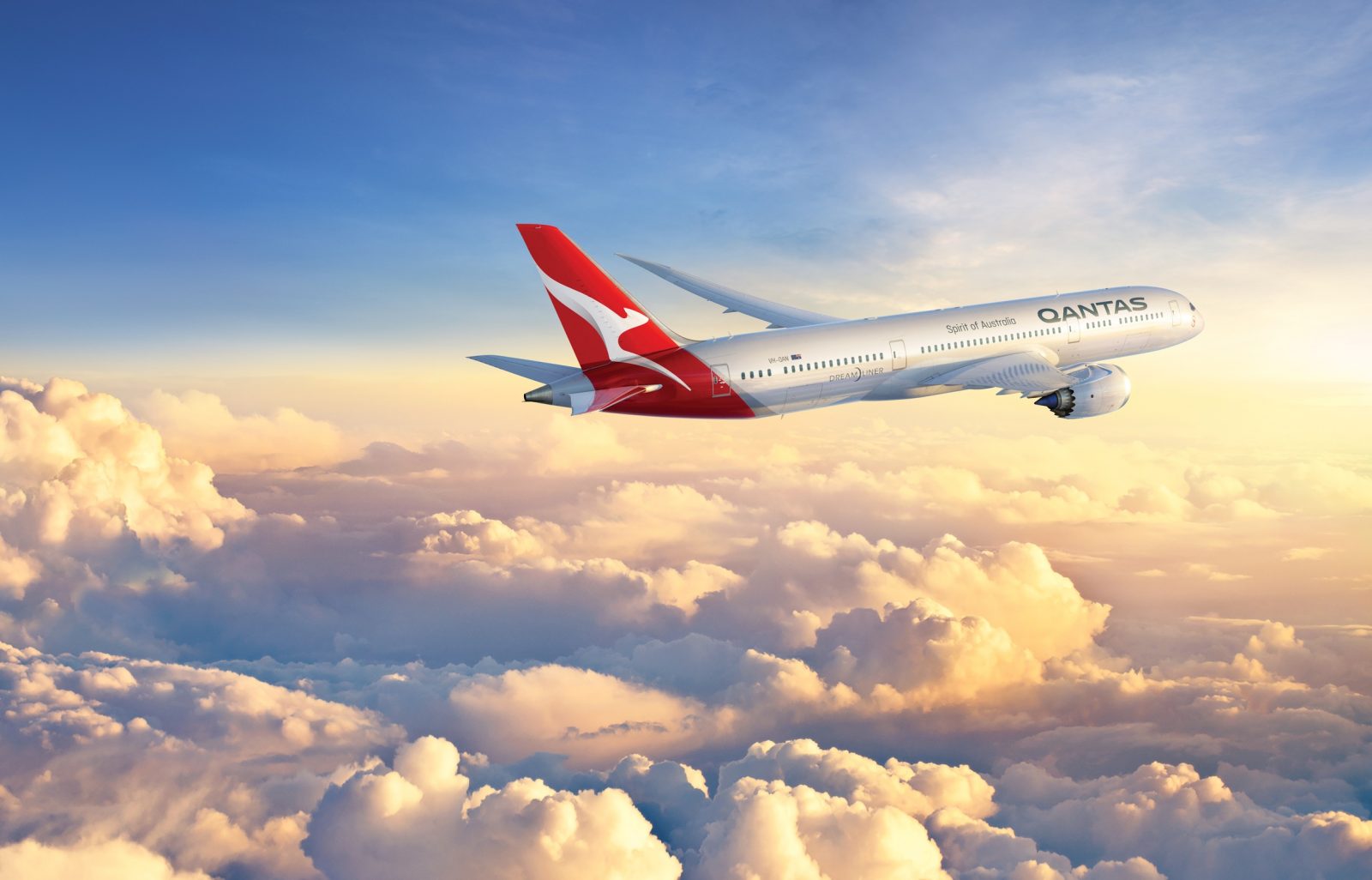
Dining at 39,000 feet isn’t normally regarded as the best experience – and that’s just when talking about a Business or even First Class meal. But how about the experience in Economy? The rubbery meat, dry vegetables and stale bread are bad enough and the whole experience is made worse by the canteen style presentation.
So how can an airline go about elevating Economy aeroplane food to something that we passengers might actually enjoy? Even Business Class dining on most airline’s feels like a factory assembly line – everything pre-plated on trays and delivered by harried and harassed flight attendants.
Multiply the number of passengers by 3 or 4, replace the fancy china crockery with plastic and lower the quality of food and you have yourself the dire presentation of your average Economy Class meal.
The humble tray – just like the one you use in the Ikea ‘restaurant’ but without the tasty Swedish meatballs at the end – has been used by airlines for years. And that system works pretty damn well. How else are you meant to feed several hundred people in a short space of time?
Well, one airline thought it could come up with a new way of doing things – and it ditched the tray altogether. That airline is Australian flag carrier, Qantas and it’s successfully banished the Economy meal tray from its international services since 2014.
So how does Qantas do it? After all – the airline’s Airbus A380 aircraft can hold 371 passengers in Economy. Surely Qantas’ team of flight attendants can’t possibly hand deliver meals to that many passengers?
Here’s how the airline manages it…
Rather than presenting everything on a tray, Qantas uses a much smaller ‘serving plate’ which the hot main meal sits on. On top of that, the flight attendant places a warm, pre-buttered bread roll and a cutlery pack. The meal is finished off with a dessert contained in a disposable pot.

The benefits for everyone are clear – Qantas claims the new service offers main meals which are 50% larger than standard airline meals. They’ve managed to do that by cutting down on all the things you might not necessarily need – like cheese, crackers, unappetising salads and condiments.
And there’s more choice – rather than the normal two options, Qantas offers three. That includes dishes like Teriyaki chicken with soba noodles, kale and miso dressing. Or a salad of tandoori chicken with mixed couscous and lemon vinegarette. And if three choices aren’t enough, passengers can even pre-order a fourth option through the Q-Select option.
Now it might seem a little stingy on Qantas’ part for removing the fancy extras like cheese and biscuits but the Australian airline says they’ve actually been able to increase the amount of food offered onboard.
Passengers are welcomed onboard with a signature non-alcoholic cocktail and flight attendants go through the cabin offering fresh fruit and drinks between meals. There are even yummy granola bars available in the galley anytime you get a little peckish.

But the really neat benefit of the ‘no tray’ aeroplane meal is how much faster the service can be completed. The airline told us that they’ve found flight attendants can complete a meal service around 30 minutes faster than a traditional tray-based service. That means you and I get our meals faster and don’t have to wait so long for it all to be cleared away.
And there are even more benefits. Think about how much space the traditional tray-based meal service takes up in the space restricted confines of an aircraft galley. No such issues with the Qantas system – the serving plates are neatly stacked away, finished meals tidied away in the trash and a significant amount of weight reduced (that means lower fuel bills).
It’s surprising that no other airline has decided to go down the same route of Qantas despite its obvious benefits for passengers, flight attendants and the airline. Maybe it’s time for a revolution.
Mateusz Maszczynski honed his skills as an international flight attendant at the most prominent airline in the Middle East and has been flying ever since... most recently for a well known European airline. Matt is passionate about the aviation industry and has become an expert in passenger experience and human-centric stories. Always keeping an ear close to the ground, Matt's industry insights, analysis and news coverage is frequently relied upon by some of the biggest names in journalism.







